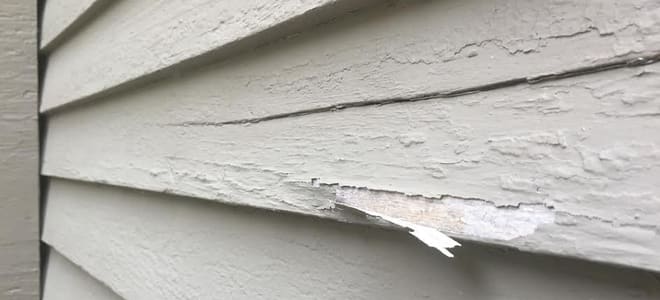Use a stiff putty knife to lift the panel.
Wood siding buckling at seam.
This is one reason that it s a very good idea to save extra pieces of siding when you build a new home or have a new siding job done.
Press the panel back down and pull out the nails.
Causes of vinyl siding damage.
Here we discuss all of the know causes of this defect.
When the siding is nailed too tightly this expanding and contracting may cause the siding to bulge.
Heat and cold may cause the vinyl to expand or contract.
James hardie states that all joints must land on a stud unless you have minimum 7 16 wood structural paneling as sheathing.
Rippled or loose vinyl siding may be more than just a cosmetic worry and may indicate structural defects building movement leaks or even heat.
Buckling can occur for several reasons and once siding has begun to buckle or warp it cannot be repaired.
If the siding is nailed to these fasteners too tightly and it can t move then nails will pop and create bulges or the siding will buckle and warp because of its inability to move.
Depending on the width of the wall butt joints will occur where two pieces of lap siding come together creating a vertical seam.
Why does some vinyl siding take on an ugly look with ripples bends bulges or even loose ends.
Buckled rippled bent deformed loose or un clipped.
You need a putty knife pliers wood adhesive a hammer paneling or finish nails and a touch up stick.
Once it is misshapen that section of siding will need to be replaced.
Apply the compound to the bottom overhanging edges of damaged siding with the putty knife.
Force the compound into the edge until it is flush with the bottom of the siding.
They should be easy to get at if you lift the panel first.
Buckled or warped vinyl siding will hold the that shape forever in most cases.
If the panel still pulls up take the panel off the wall and reglue it.
Lp smartside lap siding products are available in 16 lengths and can help reduce the amount of seams where a butt joint would normally occur when using shorter pieces.
This means that the butt joints may develop a pattern if the installer is not paying attention.
Here s what to do.
You should be able to move one of your siding panels one quarter to one half of an inch horizontally.

